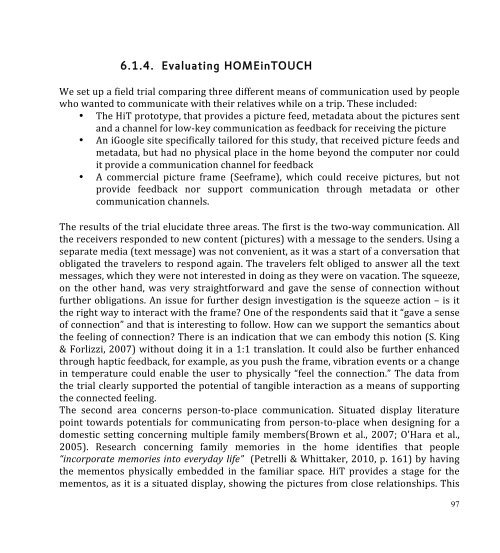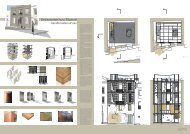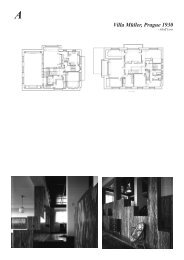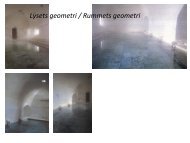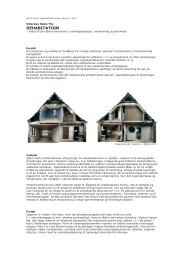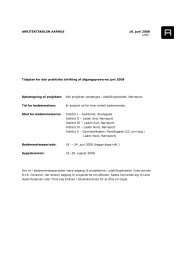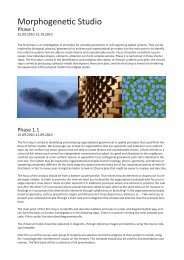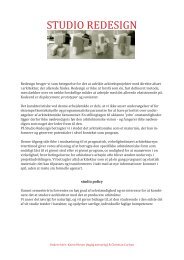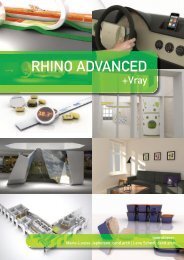-Tactics and Concepts for Highly Mobile People
-Tactics and Concepts for Highly Mobile People
-Tactics and Concepts for Highly Mobile People
You also want an ePaper? Increase the reach of your titles
YUMPU automatically turns print PDFs into web optimized ePapers that Google loves.
6.1.4. Evaluating HOMEinTOUCH<br />
We set up a field trial comparing three different means of communication used by people<br />
who wanted to communicate with their relatives while on a trip. These included:<br />
• The HiT prototype, that provides a picture feed, metadata about the pictures sent<br />
<strong>and</strong> a channel <strong>for</strong> low-‐key communication as feedback <strong>for</strong> receiving the picture<br />
• An iGoogle site specifically tailored <strong>for</strong> this study, that received picture feeds <strong>and</strong><br />
metadata, but had no physical place in the home beyond the computer nor could<br />
it provide a communication channel <strong>for</strong> feedback<br />
• A commercial picture frame (Seeframe), which could receive pictures, but not<br />
provide feedback nor support communication through metadata or other<br />
communication channels.<br />
The results of the trial elucidate three areas. The first is the two-‐way communication. All<br />
the receivers responded to new content (pictures) with a message to the senders. Using a<br />
separate media (text message) was not convenient, as it was a start of a conversation that<br />
obligated the travelers to respond again. The travelers felt obliged to answer all the text<br />
messages, which they were not interested in doing as they were on vacation. The squeeze,<br />
on the other h<strong>and</strong>, was very straight<strong>for</strong>ward <strong>and</strong> gave the sense of connection without<br />
further obligations. An issue <strong>for</strong> further design investigation is the squeeze action – is it<br />
the right way to interact with the frame? One of the respondents said that it “gave a sense<br />
of connection” <strong>and</strong> that is interesting to follow. How can we support the semantics about<br />
the feeling of connection? There is an indication that we can embody this notion (S. King<br />
& Forlizzi, 2007) without doing it in a 1:1 translation. It could also be further enhanced<br />
through haptic feedback, <strong>for</strong> example, as you push the frame, vibration events or a change<br />
in temperature could enable the user to physically “feel the connection.” The data from<br />
the trial clearly supported the potential of tangible interaction as a means of supporting<br />
the connected feeling.<br />
The second area concerns person-‐to-‐place communication. Situated display literature<br />
point towards potentials <strong>for</strong> communicating from person-‐to-‐place when designing <strong>for</strong> a<br />
domestic setting concerning multiple family members(Brown et al., 2007; O'Hara et al.,<br />
2005). Research concerning family memories in the home identifies that people<br />
“incorporate memories into everyday life” (Petrelli & Whittaker, 2010, p. 161) by having<br />
the mementos physically embedded in the familiar space. HiT provides a stage <strong>for</strong> the<br />
mementos, as it is a situated display, showing the pictures from close relationships. This<br />
97


